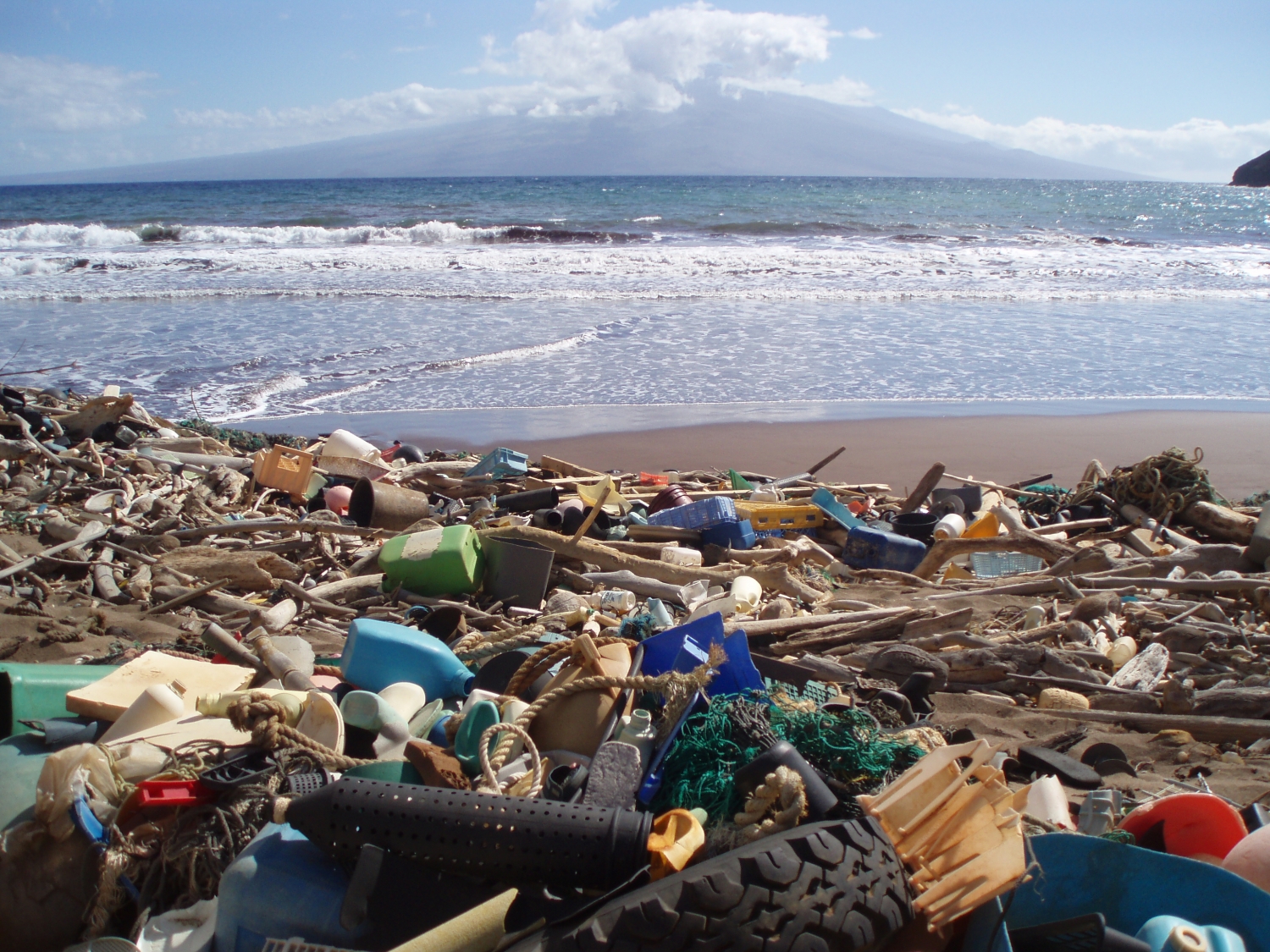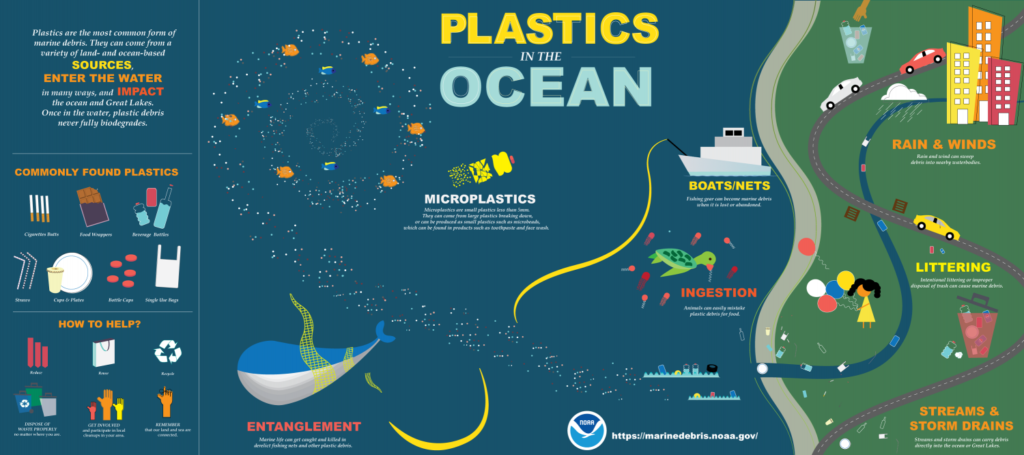

In the Pacific Ocean, between Hawaii and California, at least 79,000 metric tons of plastic has coalesced to create the Great Pacific Garbage Patch. The patch, kept together by ocean currents and spanning an area of roughly 1.6 million square kilometers — about twice the size of Texas — is one of the most incriminating examples of human pollution on the planet. It’s also a huge hazard for marine life, killing up to 1 million seabirds and 100,000 marine mammals each year via ingestion of plastic or entanglement in plastic pieces.
But while the Great Pacific Garbage Patch is harming some creatures, it’s actually helping others to survive. In a study published in April 2023 in Nature Ecology & Evolution, a team of interdisciplinary scientists fished 105 pieces of plastic from the patch and found barnacles and bryozoans stuck to items like toothbrushes, clothes hangers and shampoo bottles. In addition to open-ocean species, coastal organisms were frequently found on the items — the plastics were acting as little rafts, carrying creatures far from their shallow coastal homes.


Common coastal stowaways included amphipods, isopods, hydroids and bryozoans, most of which originated from the northwest Pacific. Many of the coastal species were likely carried out to sea as debris from the Japan earthquake and tsunami of 2011. Not only had these tenacious creatures survived the journey to the garbage patch, but crustacean eggs and anemone buds (new anemones growing from old ones) indicate that many of them “are clearly capable of living, surviving and reproducing in the open ocean with the aid of plastic pollution,” says study coauthor and invertebrate zoologist Henry Choong of the Royal BC Museum in Victoria, Canada. The plastics, he says, provide them with a “permanent, non-biodegradable ‘home.’”
These findings challenge our understanding of marine migration and survival, says study coauthor Matthias Egger, an environmental scientist at the Ocean Cleanup, a Netherlands-based nonprofit developing technologies to rid the oceans of plastic. They suggest that in the past, “lack of flotsam limited the colonization of the open ocean by coastal species, rather than physiological or ecological constraints,” Egger says.
While this may sound like a positive development, the repercussions could be serious. “The subtropical oceanic gyres are often referred to as the deserts of the sea, as these waters contain low amounts of nutrients,” Egger says. “Thus, coastal species are now competing with native open-ocean species for limited resources, and we see evidence that they are also actively feeding on open-ocean species.”
It’s still unclear how the establishment of coastal species on the high seas will affect the native open-ocean ecosystems, Egger adds. “However, history has shown that the introduction of invasive species can significantly impact endemic ecosystems.”
Of course, plastic is not the only mode of transport carrying organisms from one environment to another. “There’s always been debris in the oceans, and it hasn’t all been human-generated,” says Casey O’Hara, a conservation data science lecturer and researcher at the University of California, Santa Barbara, who coauthored an assessment of the future of the world’s oceans in the 2022 Annual Review of Environment and Resources. “Think of logs washing down rivers out into the ocean. Those would also pick up […]
Full article: mavensnotebook.com
Clean water is essential for life, yet millions of Americans unknowingly consume contaminants through their…
Human brains contain higher concentrations of microplastics than other organs, according to a new study, and the…
From the Office of the Governor: In anticipation of a multi-day, significant atmospheric river in Northern California,…
From Governor Newsom: Scientists, water managers, state leaders, and experts throughout the state are calling…
Photo: A harmful algal bloom in Milford Lake, Kansas, made the water appear bright green.…
An expanded plastic foam coffee cup is at a donut shop in Monterey Park, California.…